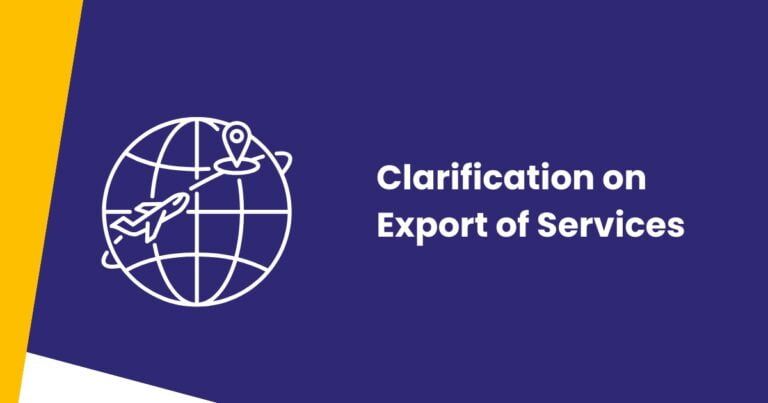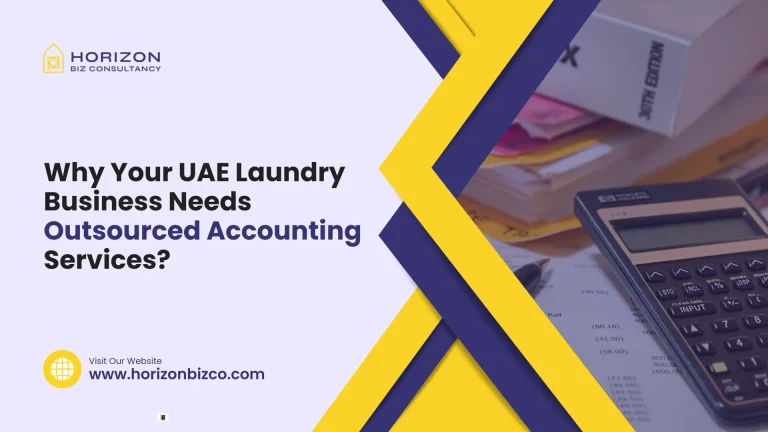Do you ever get confused about whether you need to charge VAT on vouchers, discounts, or gift cards you sell or use? You’re not alone. VAT can get tricky when it comes to things like promotional offers and vouchers.
In this article, we’ll clearly explain the main VAT rules you need to know in this area.
When VAT Applies to Vouchers and Gift Cards
VAT generally applies when selling vouchers or gift cards. For example:
Cash Vouchers
- If you sell a £20 cash voucher, you must charge 20% VAT on the £20 face value. This is because the voucher is worth £20, even though the customer may end up spending less than £20 when they use it.
Goods Vouchers
- With vouchers that can be exchanged for goods, VAT applies when selling the voucher itself, based on the voucher’s face value.
For example, if you sell a £50 goods voucher, you charge VAT on the £50, regardless of what the customer ultimately spends it on.
The Face Value Rule
- For VAT purposes, it’s the voucher’s face value that counts, not what the customer actually ends up spending. So even if the customer only spends £30 of a £50 voucher, VAT was still due on the £50 face value originally.
There are some cases where VAT might not apply on voucher sales, like for:
- Food
- Books
- Children’s clothing
But in most cases, charging VAT on voucher sales is standard.
VAT Rules on Discounts and Promotions
The VAT rules get more complex when retailers offer discounts and promotions like:
- % discounts (e.g. 20% off)
- Money-off vouchers (e.g. £10 off)
- BOGOF (Buy-one-get-one-free)
- Prizes and free gifts
Straight Discounts
If you simply reduce the normal selling price, say by 10%, then VAT applies on the discounted price.
Normal selling price: £100 (with £20 VAT)
Discounted selling price: £90 (with £15 VAT)
So the customer pays £15 VAT instead of the original £20.
Money-Off Vouchers
If customers use a voucher that gives them £X off, VAT applies on the actual amount the customer spends.
For example:
Voucher face value: £10
Customer spends £50
VAT charged on £40
So while the voucher claimed £10 off, VAT only applies to the £40 actually paid.
BOGOF Promotions
In a BOGOF offer, VAT applies to 50% of the total amount spent by the customer.
For example:
- 2 items costing £50 each = £100 total
- VAT charged on £50 (i.e. 50% of the £100 transaction)
BOGOF is treated as a 50% discount basically.
Prizes and Free Gifts
If you award free gifts and prizes for promotions, there’s generally no VAT to account for on these. Because the customer hasn’t paid anything for them.
Record-Keeping Rules
To get your VAT returns right, it’s crucial to keep proper records of all vouchers, discounts and gifts.
You must record details like:
- Face value of each voucher/gift
- Actual amount redeemed per voucher
- Voucher issue and redemption dates
- Which supplies had discounts
These records must normally be kept for 6 years. This allows VAT inspectors to check you have accounted for VAT properly.
Common Problem Scenarios
There are some tricky issues that can come up:
Lost or Unused Vouchers
If a customer loses their £20 voucher or fails to use it before expiry, you still paid VAT to HMRC on that £20 when originally selling it. So you’re fine – you don’t need to do anything else VAT-wise.
The VAT liability is fixed at the point of sale.
Damaged Goods Vouchers
If a goods voucher ends up being used for damaged or imperfect stock, VAT still applies on the original face value.
Even if your customer ends up getting an item that would normally be VAT-free (e.g. a dented tin of beans), VAT is still due based on the voucher’s face value as sold originally.
Expired Vouchers
If vouchers expire before being redeemed, you also don’t need to adjust the VAT paid to HMRC. As VAT applied when selling the voucher originally, the rules say you don’t need to do anything else even if it ultimately goes unused.
Conclusion
- VAT generally applies when selling vouchers and gift cards, based on face value.
- The rules get more complex around discounts and promotions.
- You must keep detailed records around vouchers and discounts for VAT purposes.
- Issues can arise if vouchers go unused or expire.
Hopefully this gives you a good grasp of the main VAT rules around vouchers and gift cards. But VAT can still get very tricky in detail – so if in doubt, talk to an accountant!
FAQ’S
Yes, VAT applies when you sell a voucher, based on its face value. The exception would be on specific VAT-exempt items like food or books.
VAT is due when selling the voucher initially, based on the voucher’s face value
You don’t need to do anything special for VAT purposes if a voucher goes unused.





